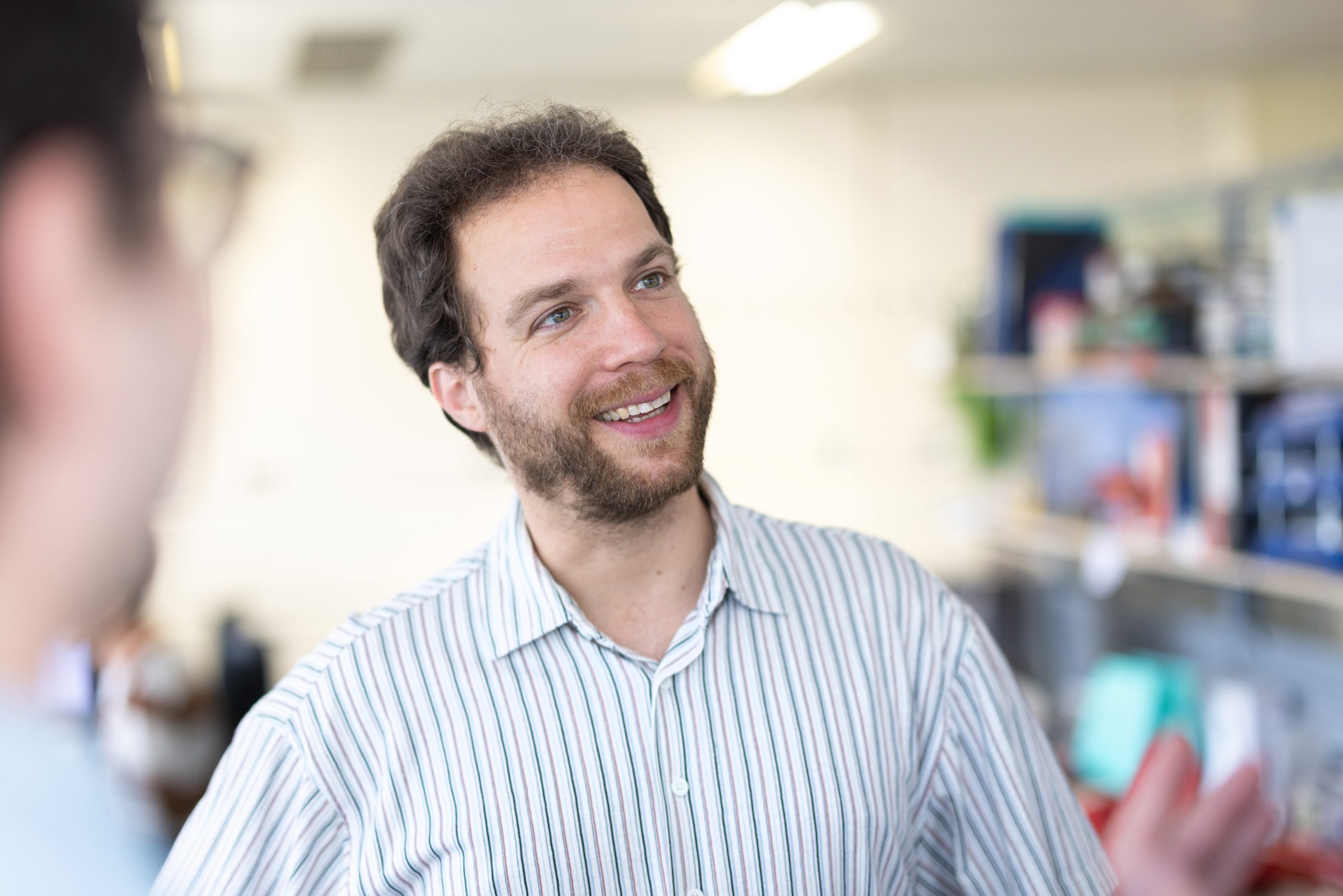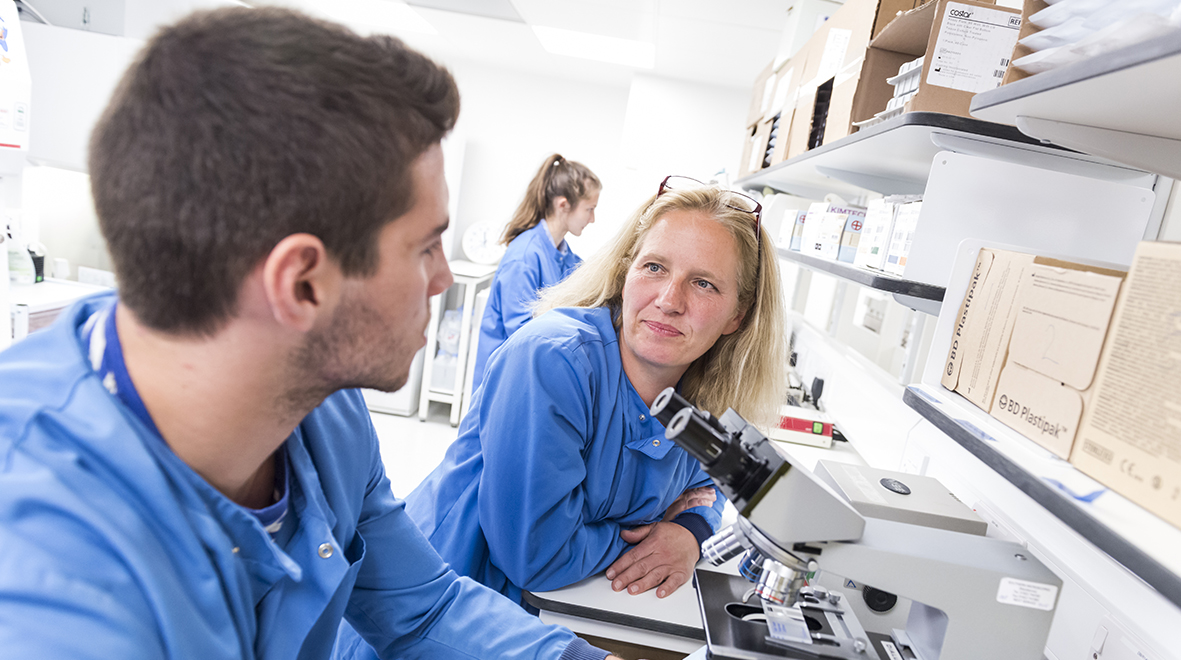
In a ground-breaking stride towards advancing medical research, earlier this year, the NIHR Imperial Biomedical Research Centre (BRC) proudly inaugurated the state-of-the-art Organoid Facility. This monumental achievement is the result of years of meticulous planning and the outstanding contributions of researchers like Tamir Rashid, Gary Frost, Nick Powell, and Harry Leitch, who laid the foundation for what promises to be a revolutionary venture in the field of organoid science. Generously backed by five years of strategic funding from the NIHR, the Organoid Facility is poised to become a pivotal resource, not just within Imperial College but across the academic community. Dr. Tamas Korcsmaros, Senior Lecturer in Intestinal Epithelial Biology for the Department of Metabolism, Digestion and Reproduction shares more about the launch of the Facility and how they hope to transform precision medicine.
Understanding diseases better and improving how we model them has been the focus of biomedical research for the last couple of decades. Relevant, scalable and useful animal models have been established to understand the basic biology of cellular and mammalian systems in vivo – experiments conducted for research purposes on whole living organism. Rodent models have been used for preclinical and toxicology testing of promising drug molecules. To complement these efforts, immortalised, cancer-related human cell lines have been used to understand in vitro (experiments conducted for research purposes outside of a living organism e.g., test tube) how these systems work in a human cell. However, all these systems possess different limitations: Animal models are often not completely resembling human processes, especially when we are thinking of host-microbe interactions for example, where a mouse gut is very different from a human gut. Human cell lines are often altered due to their immortalization. In addition, many cell types cannot be kept in cell lines, resulting in no data or testing option on key cell types. Around 15 years ago a new technology started to emerge based on isolating and differentiating specific stem cells of an organ. With this approach, a simplified but 3D models of an organ, mostly containing only its epithelial layer can be developed. They are called organoids.
